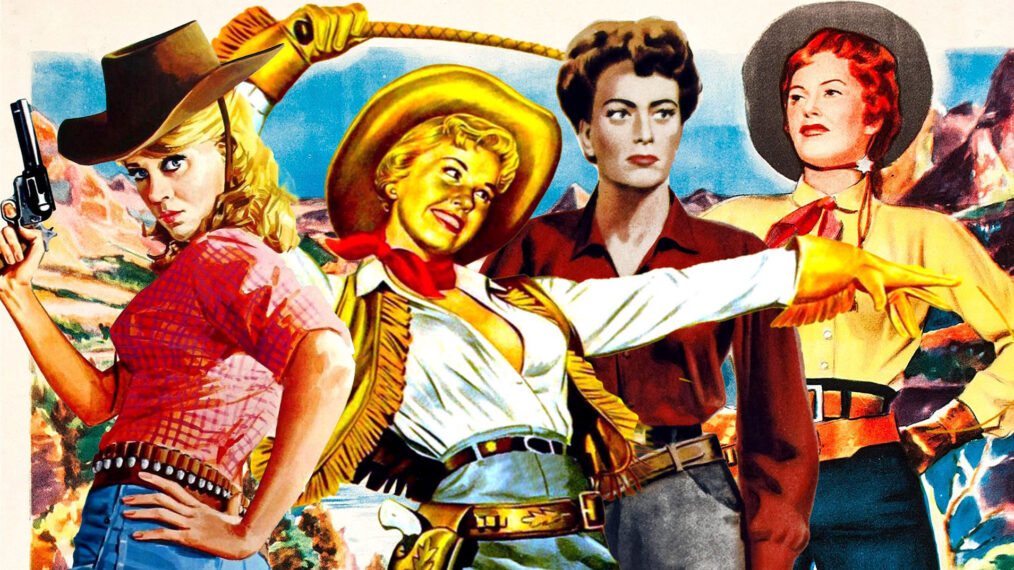Roy Rogers, The Beloved Singing Cowboy, Led Fans Along Decades Of “Happy Trails”

“[I] was always kinda partial to Roy Rogers, actually. I really like those sequined shirts.”
John McClane’s (Bruce Willis) reference to Roy Rogers (a reference that led, moments later, to McClane’s famous “Yippee-ki-yay” line) in the 1988 action classic Die Hard is but one indication of how the legendary singing cowboy has permeated all areas of our popular culture. Even though the actor and singer passed away on July 6, 1998 at the age of 86, plenty of fans still remain more than just “partial” to him. True, the “King of the Cowboys” was almost as famous for those sequined shirts he donned in countless Westerns as he was for his country-style crooning of songs like “Happy Trails,” but there was even more to the man on- and offscreen.
Roy Rogers early years
Born Leonard Franklin Slye in Cincinnati in 1911, Rogers first found fame in music. After a few years performing with other groups, he formed the Western-singing Pioneers Trio in 1933 with Bob Nolan and Tim Spencer. Soon, they added fiddle player Hugh Farr and were given a new name: the now-iconic moniker Sons of the Pioneers. The group still exists, in an obviously different form, today.
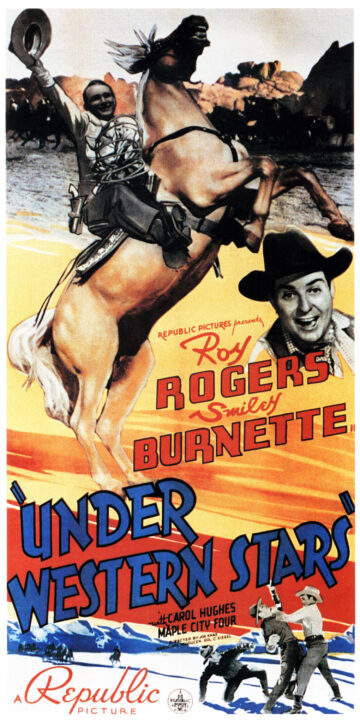
Everett Collection
The Sons of the Pioneers were popular enough with their music, but beginning in 1935, they also became familiar to audiences in feature films that starred the likes of Bing Crosby, Gene Autry and Leonard Slye himself (who would eventually be given the stage name “Roy Rogers” by Republic Pictures). Rogers’ first starring role in a film was the 1938 Republic feature Under Western Stars.
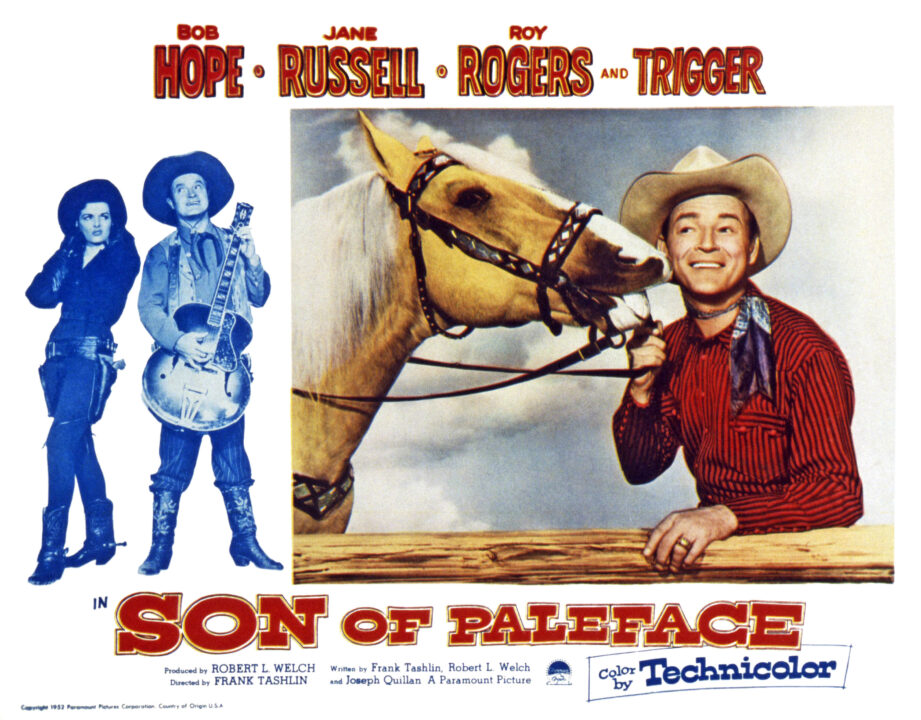
Everett Collection
It was on that film that Rogers began forging one of the key personal and professional relationships in his life. He was asked to select a mount to ride in the picture, and Rogers opted for a palomino named Golden Cloud. The horse proved to be so smart and charismatic that Rogers eventually bought the trusty steed and renamed him Trigger. Trigger would, of course, go on to appear with Rogers in dozens of movies (often with equal billing), on TV and in real-world appearances. He was one of the most famous movie animals of all time before passing away in 1965 at 30 years of age.
Finding his Cowgirl Dale Evans
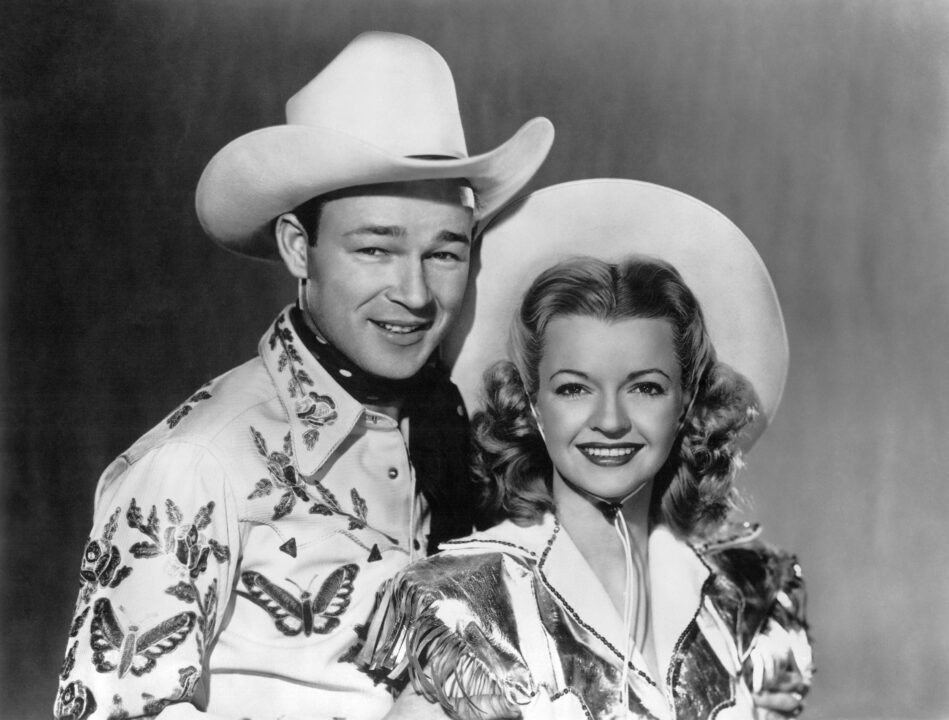
Everett Collection
Rogers found himself beginning another legendarily impactful relationship when he married Dale Evans in 1947, following the death of Rogers’ second wife. Their pairing as real-life husband and wife as well as an onscreen couple would prove to be iconic, lasting until Rogers’ passing over 50 years later. He died in 1998 and she died a few years later in 2001.
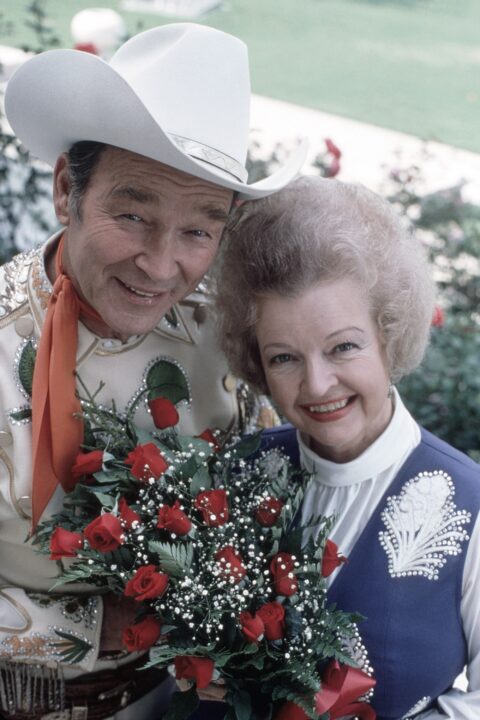
AMC/courtesy Everett Collection
The vast majority of the more than 100 films in which Rogers appeared found him playing a fictionalized version of himself (usually a sheriff or other Western-type hero), and under his own name. “Roy Rogers” as a character was also the star of several Western novels and comic books/strips of the era. This all perhaps made it somewhat challenging for people to separate the matinee hero from the man. For most of the 1940s and early ’50s, Rogers consistently ranked as one of the most — if not the most — popular Western stars, and box-office draws in general.
History of Roy Rogers Show from radio to TV
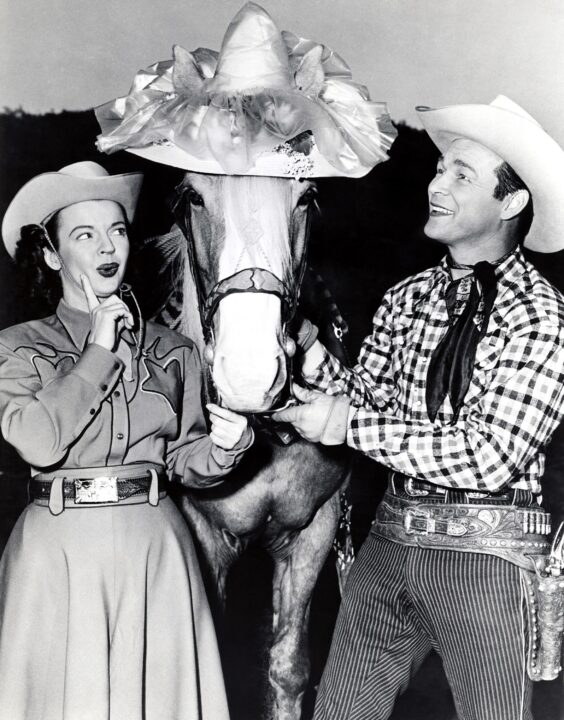
Everett Collection
Those loving fans also tuned in to The Roy Rogers Show on radio from 1944-55 and followed Rogers to television, beginning with his Emmy-nominated The Roy Rogers Show, which ran from 1951-57. Along with Rogers, Evans and Trigger, that show also featured another beloved animal star in the form of Bullet the Wonder Dog, a German Shepherd that first costarred with Rogers in the 1951 feature Spoilers of the Plains.
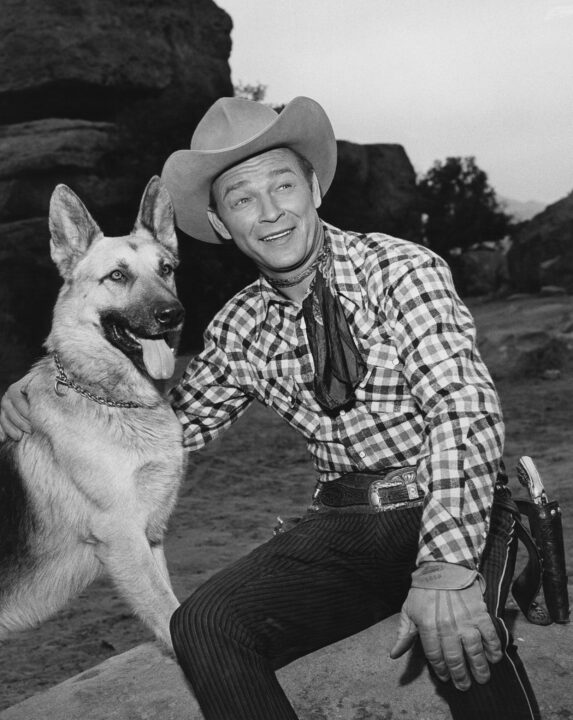
Everett Collection
In the early 1950s, Evans wrote the song (based off a tune that Foy Willing wrote for Spoilers of the Plains) that pops into everyone’s mind when they think of her and Rogers even to this day: “Happy Trails.” It became the theme to Rogers’ radio program, as well as for Rogers and Evans’ TV projects, which also included the short-lived 1962 variety series The Roy Rogers & Dale Evans Show.
Fans may have had to eventually, and unfortunately, say “happy trails” to Roy Rogers in real life, but as long as his movies and recordings exist, the “King of the Cowboys” will never ride off into the sunset.
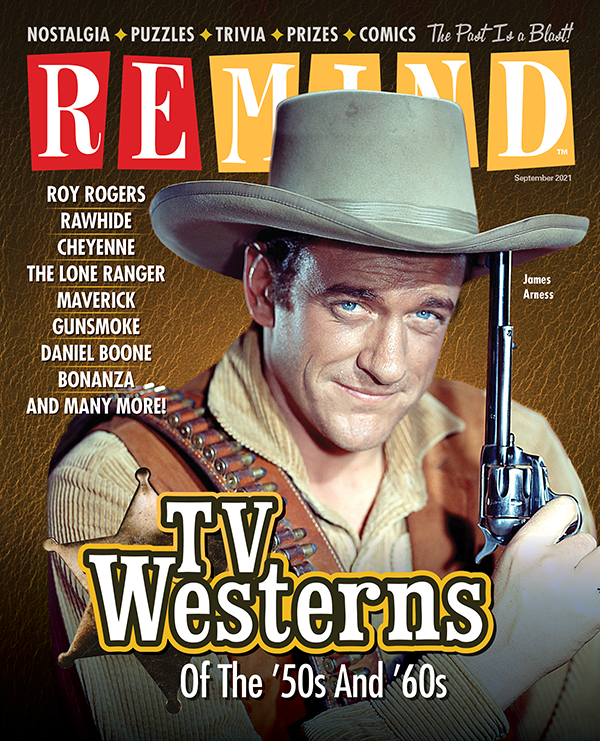
TV Westerns of the 50's & 60's
September 2021
’50s and ’60s TV Westerns roundup, celebrating the shows and stars of their golden age.
Buy This Issue
